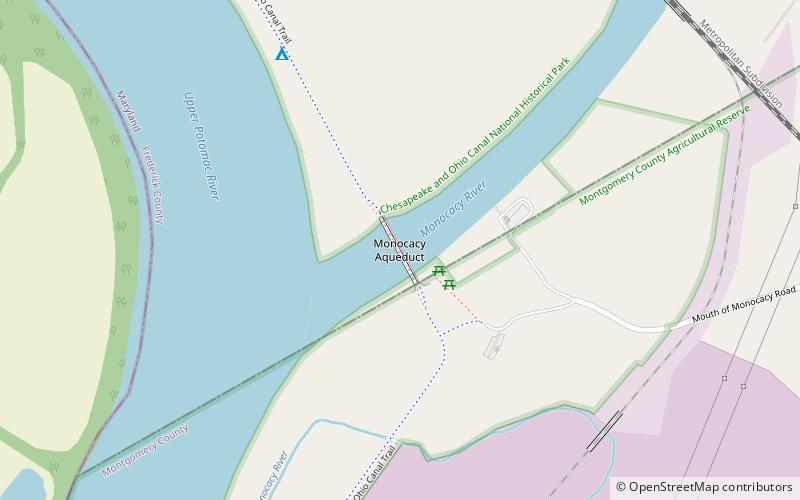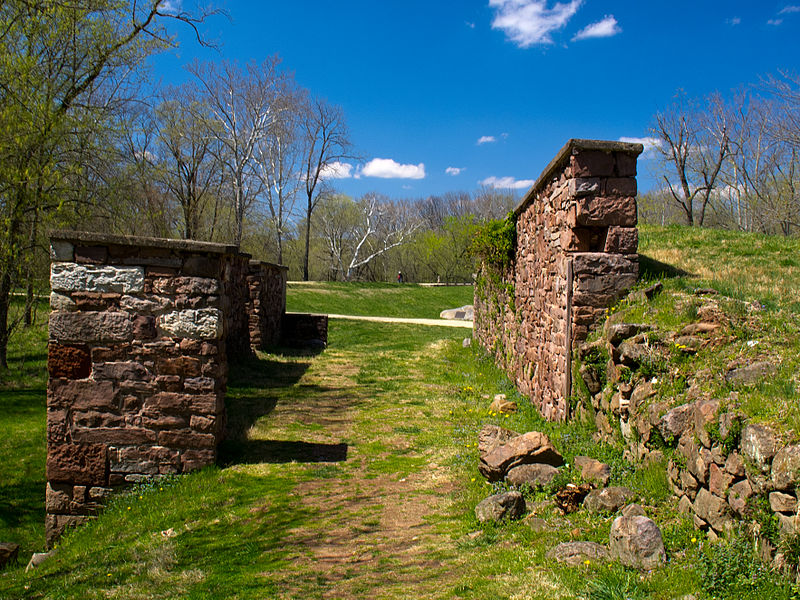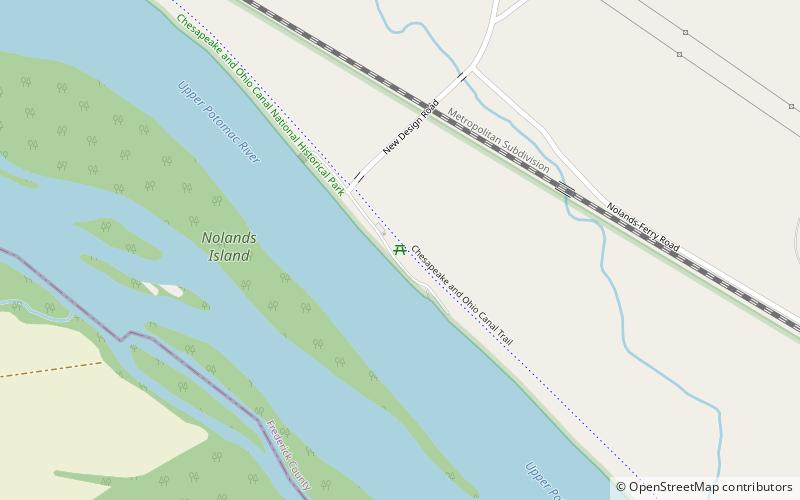Monocacy Aqueduct


Facts and practical information
The Monocacy Aqueduct stands as a testament to America’s early engineering prowess and is a key feature of the historic Chesapeake and Ohio Canal (C&O Canal) in Frederick County, Maryland. This majestic stone structure, constructed between 1829 and 1833, was once a critical waterway for transporting goods along the 184.5 mile canal that runs from Washington, D.C. to Cumberland, Maryland.
Spanning the Monocacy River, the aqueduct is the largest of the eleven aqueducts along the C&O Canal and is considered one of the finest canal features in the United States. Designed by Benjamin Wright, who served as the chief engineer of the Erie Canal before working on the C&O Canal, the Monocacy Aqueduct is built of granite and spans 438 feet with seven arches gracefully stretching over the water below.
Over the years, the aqueduct has faced various threats, including significant damage during the Civil War and deterioration from age and weather. However, it was meticulously restored in the early 2000s, ensuring its preservation for future generations. Today, it is part of the Chesapeake and Ohio Canal National Historical Park and serves as a picturesque spot for visitors to appreciate the blend of natural beauty and historic craftsmanship.
Maryland
Monocacy Aqueduct – popular in the area (distance from the attraction)
Nearby attractions include: Nolands Ferry, White's Ferry, Lucketts School, Temple Hall.





